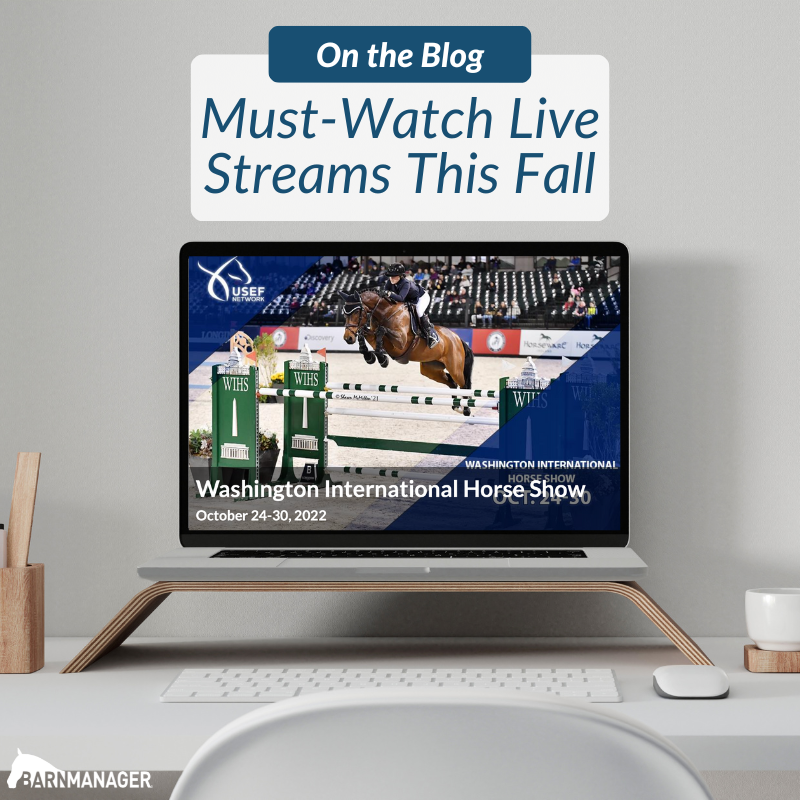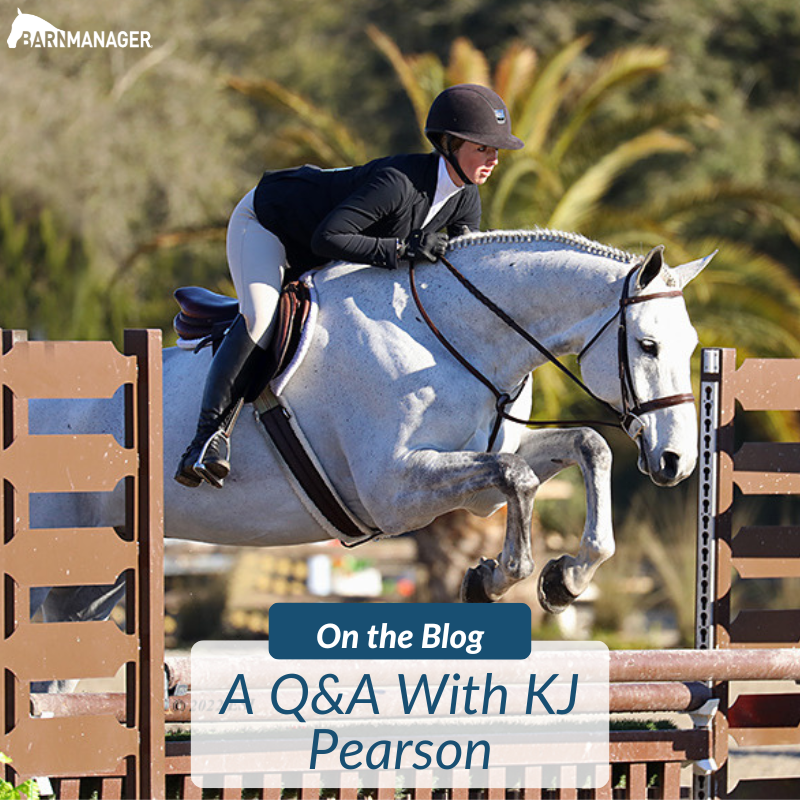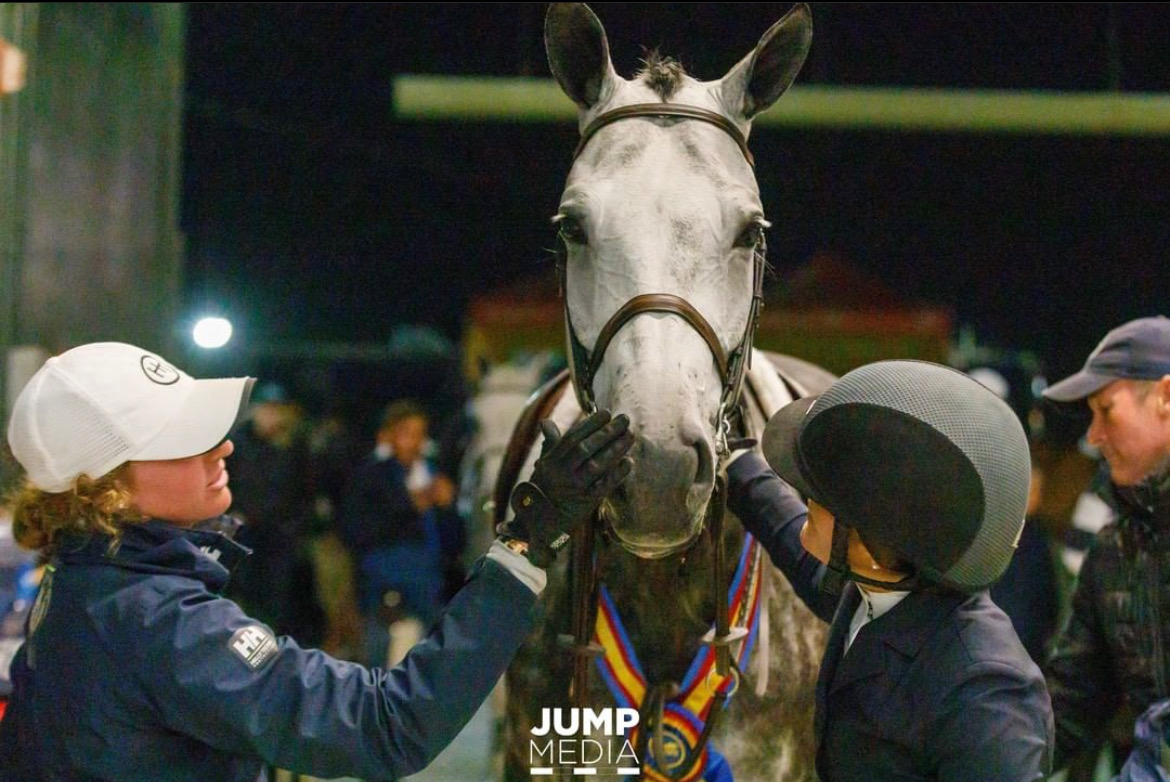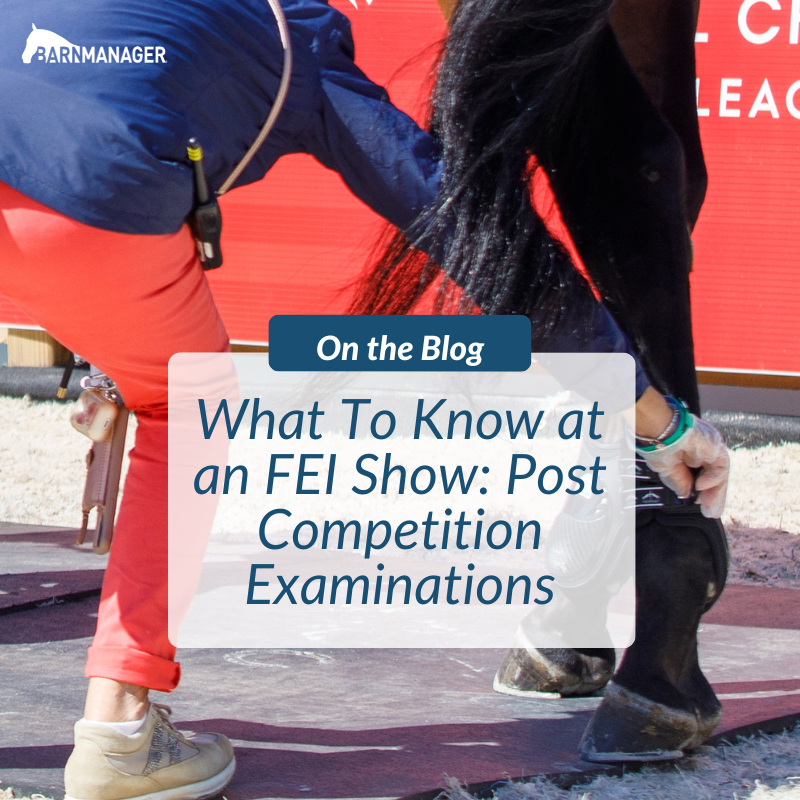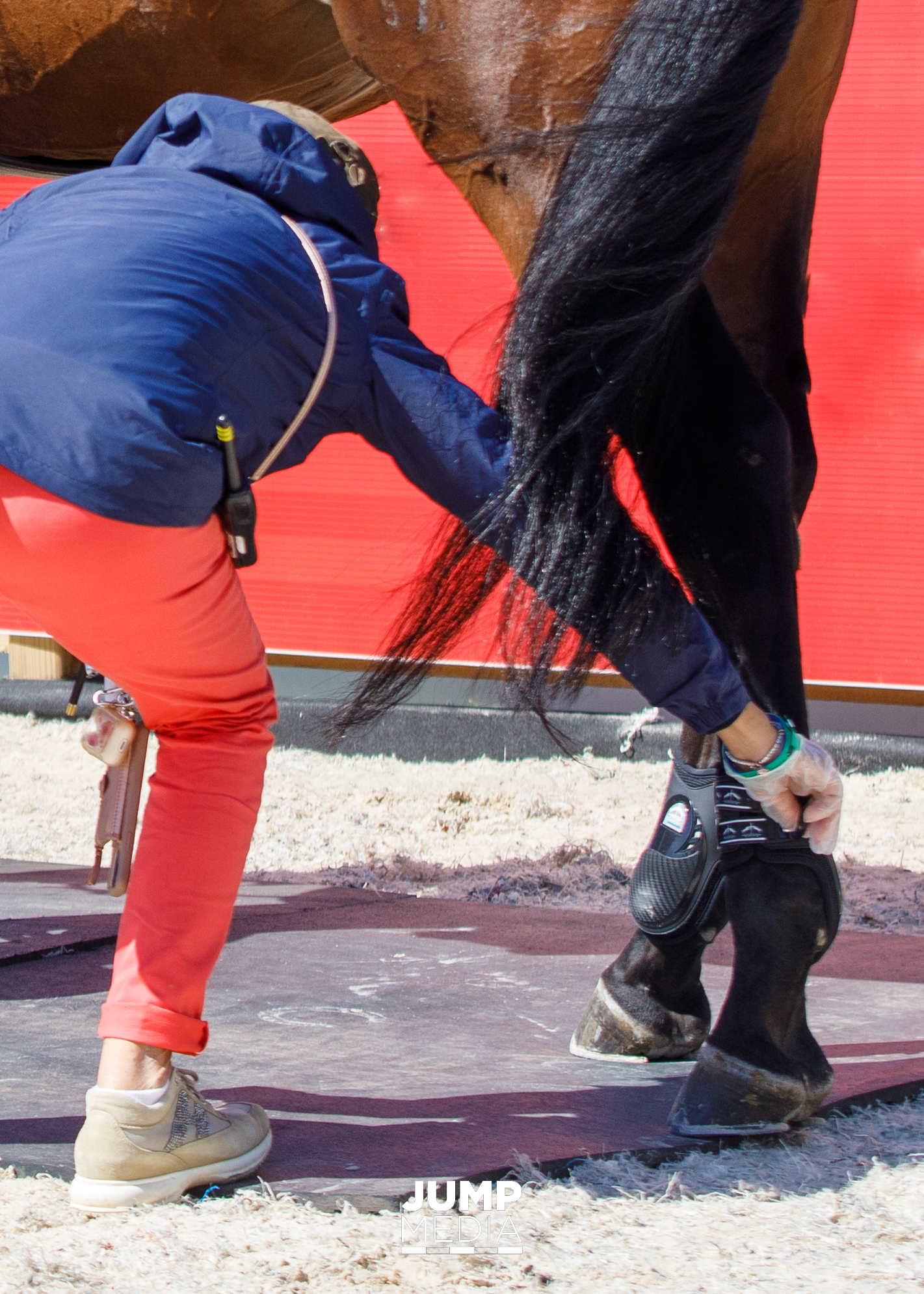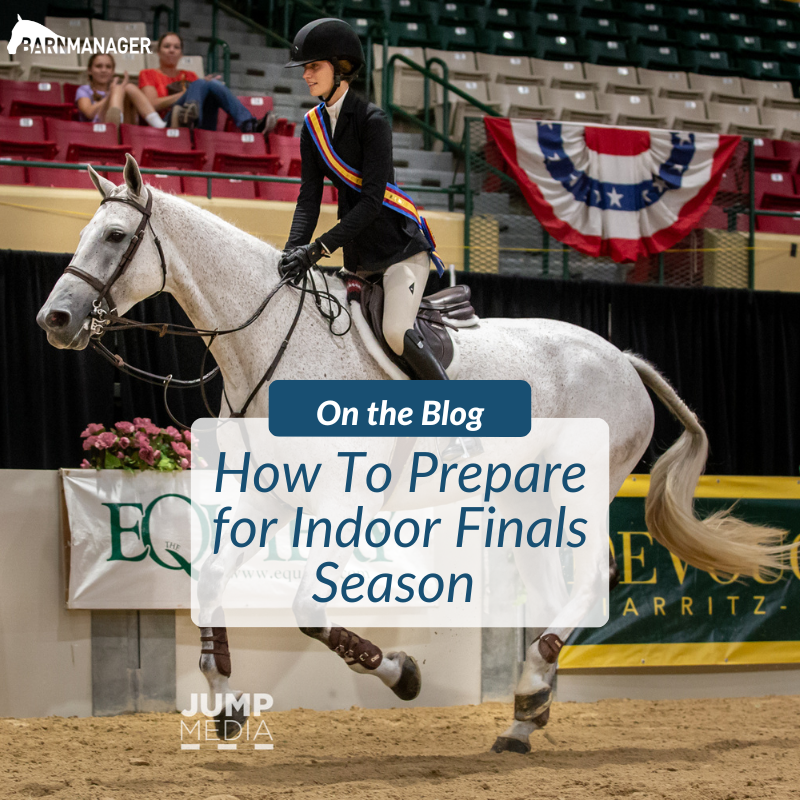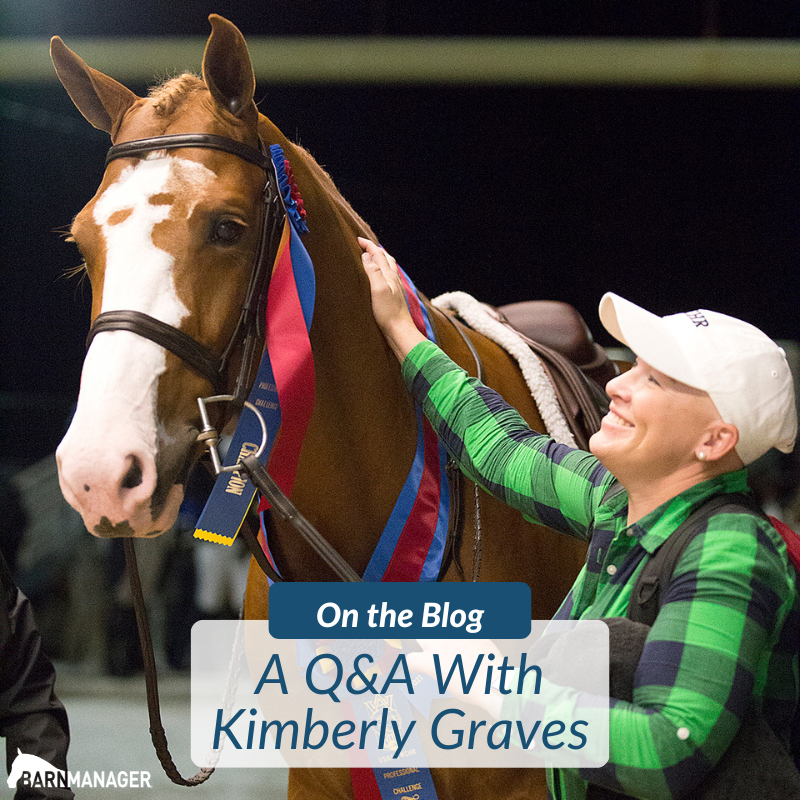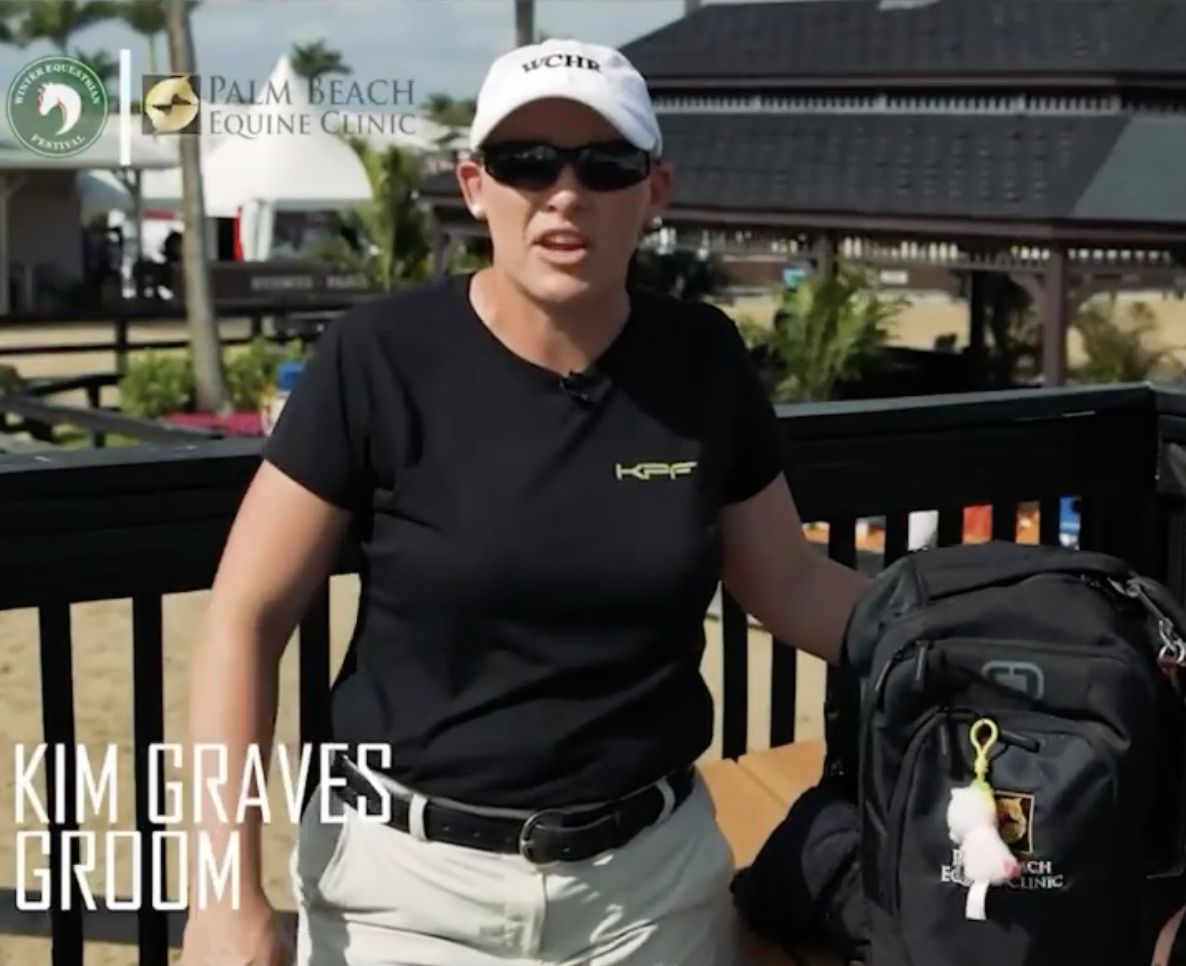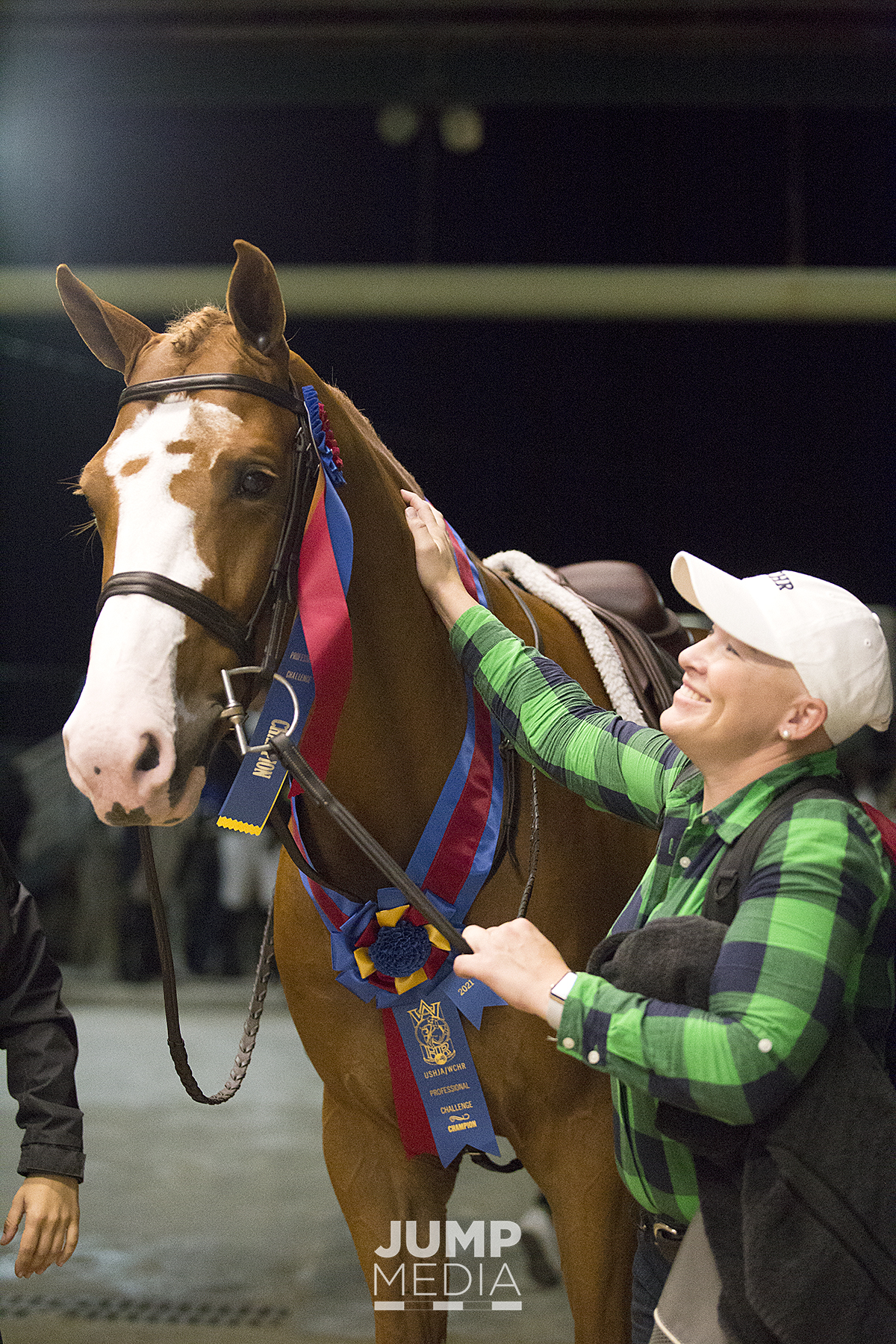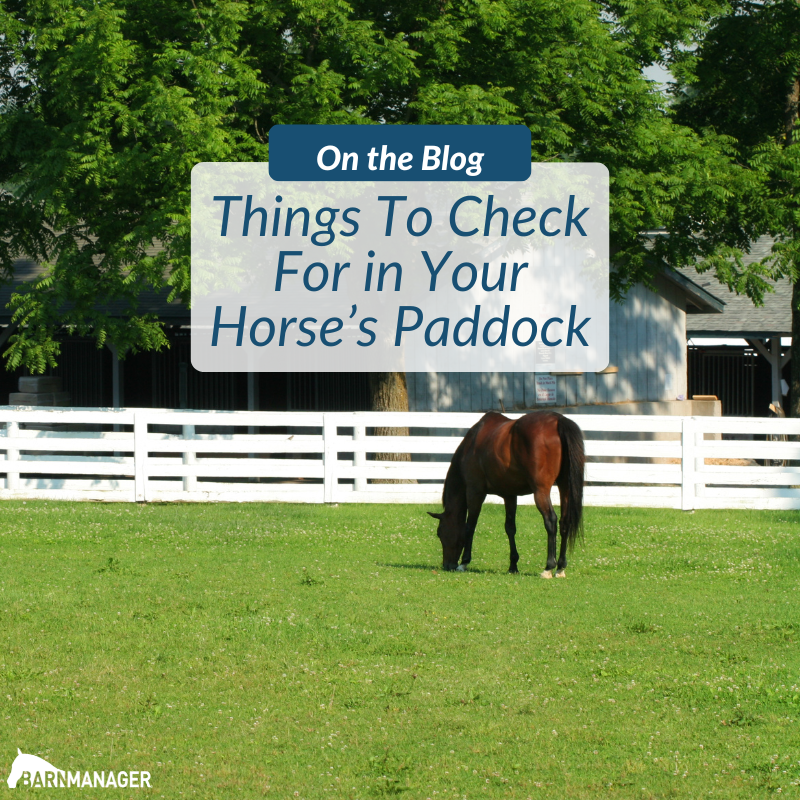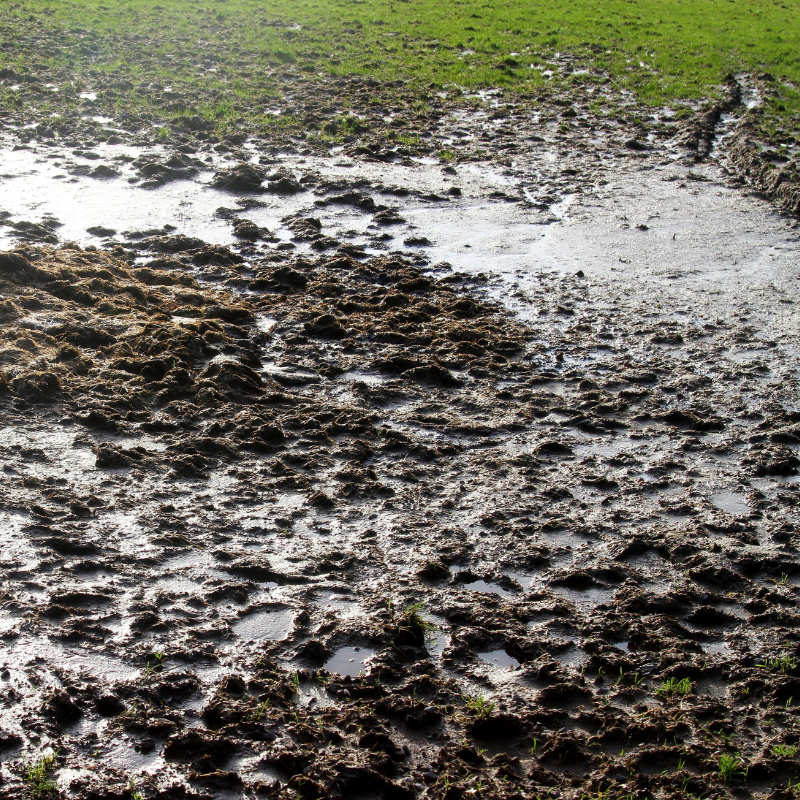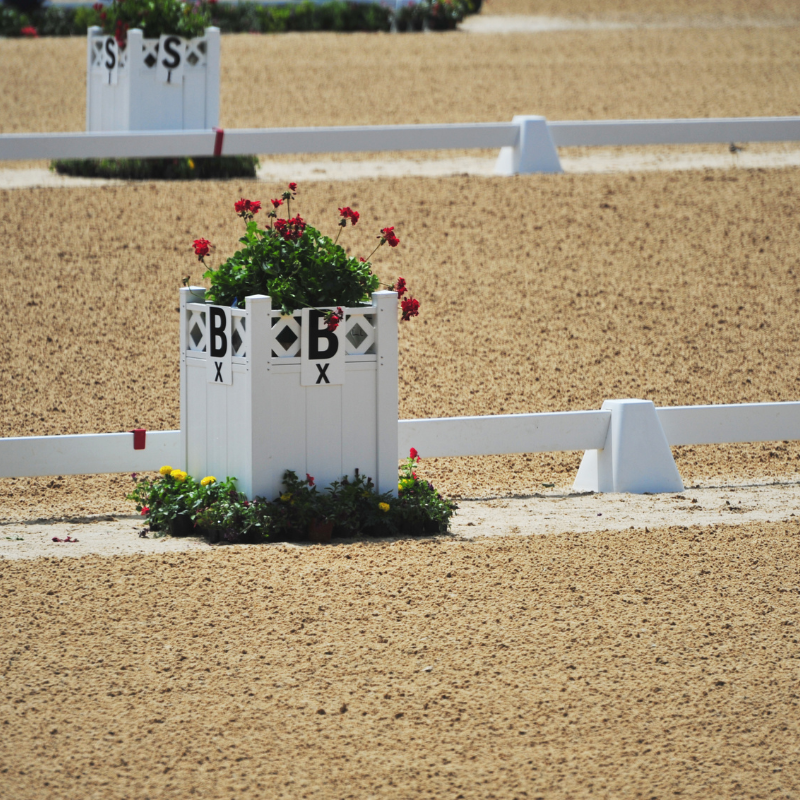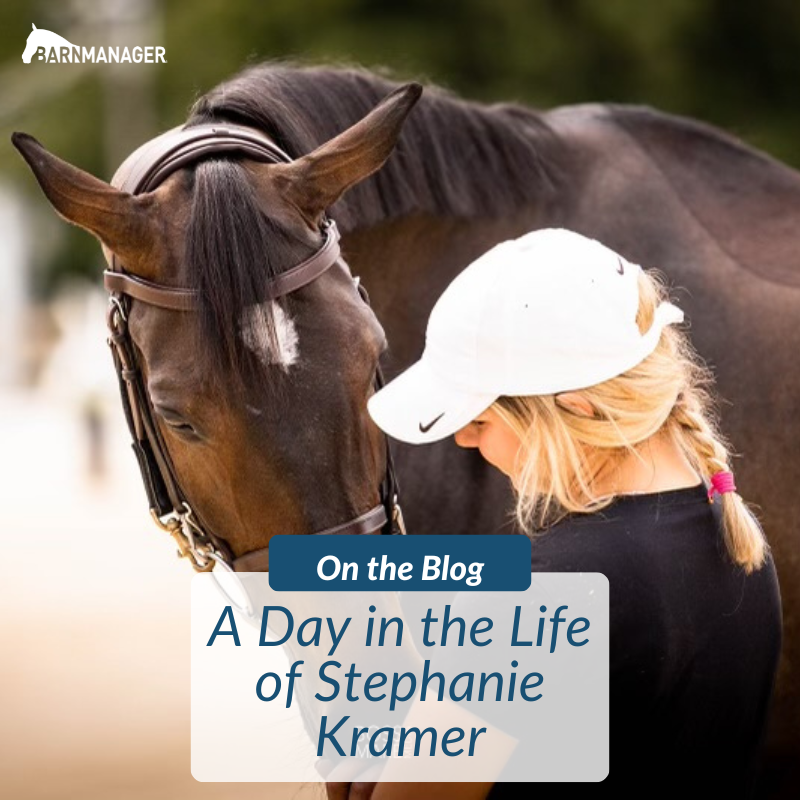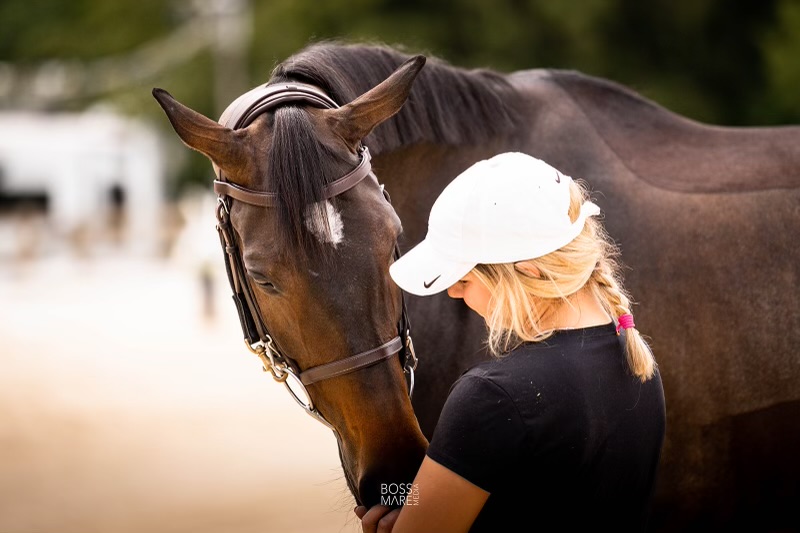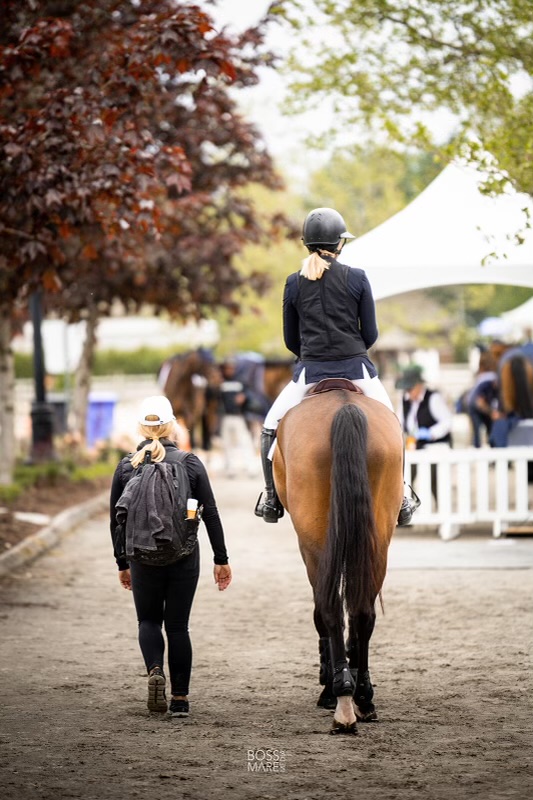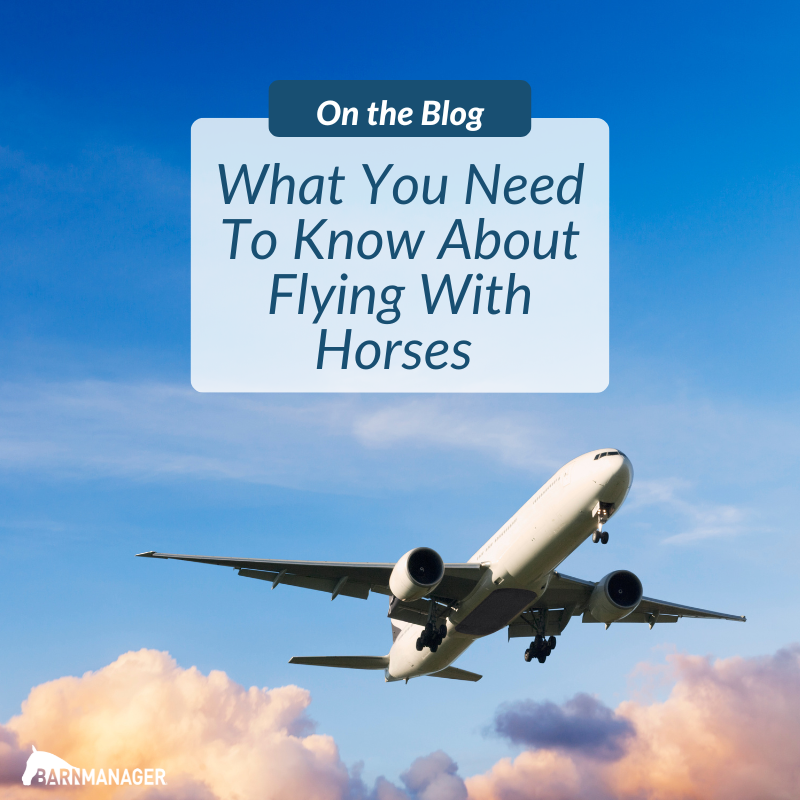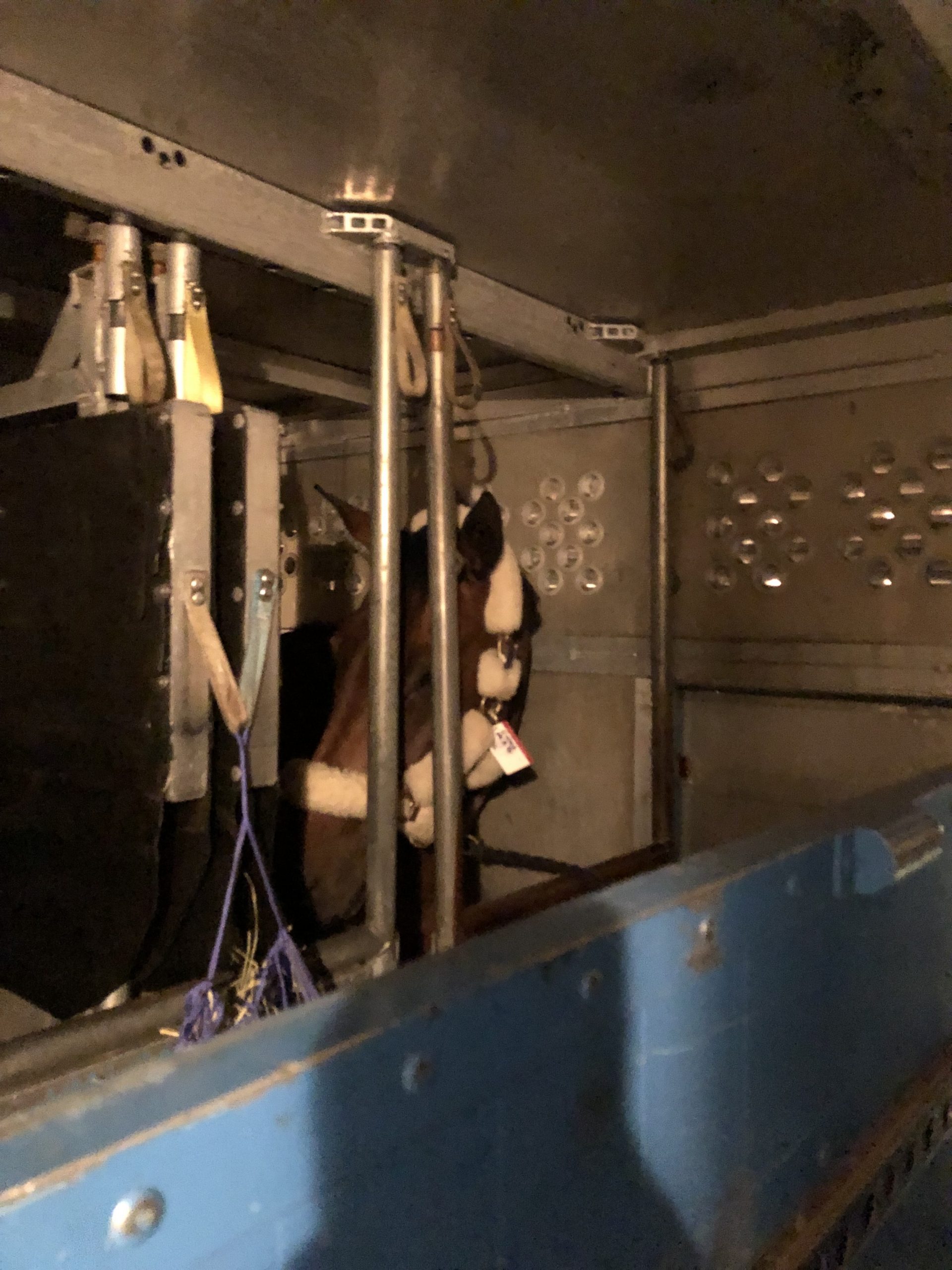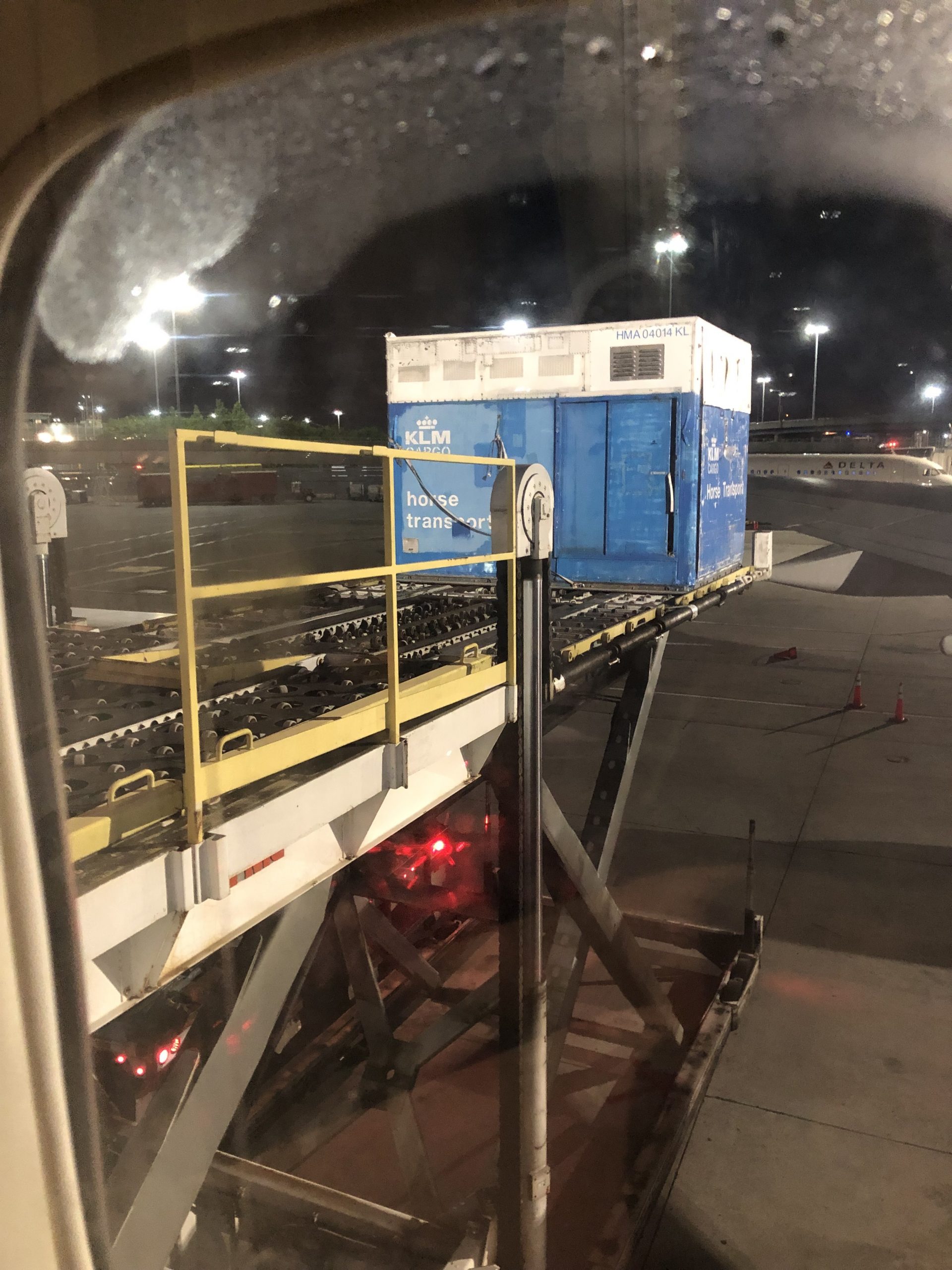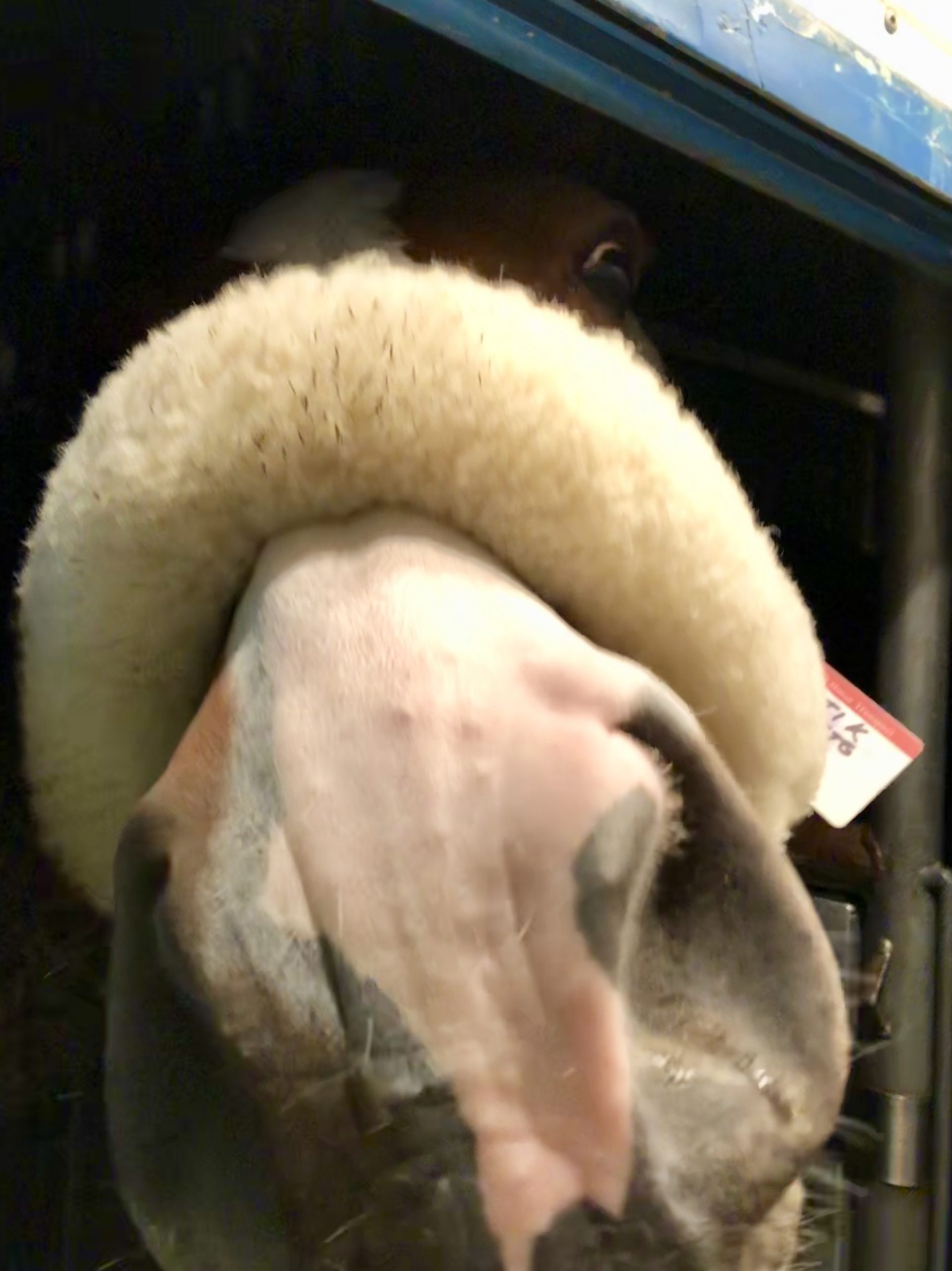There are lots of notable competitions lined up as the end of the year approaches. Keep reading to find out where you can watch a few of the most exciting show jumping, hunter, equitation, dressage, and eventing shows this fall.
The Event at TerraNova:
October 21-23, 2022 – The Event at TerraNova takes place in Myakka City, FL, at the TerraNova Equestrian Center. The competition will showcase three-day eventing from the beginner level through CCI4*S.
Where to watch: Horse & Country
TerraNova Dressage II:
October 22, 2022 – Terra Nova Dressage II will feature top dressage competition at the TerraNova Equestrian Center in Myakka City, FL. Viewers can tune in and watch the Grand Prix Freestyle CDI-W on Saturday, October 22.
Where to watch: Horse & Country
Washington International Horse Show:
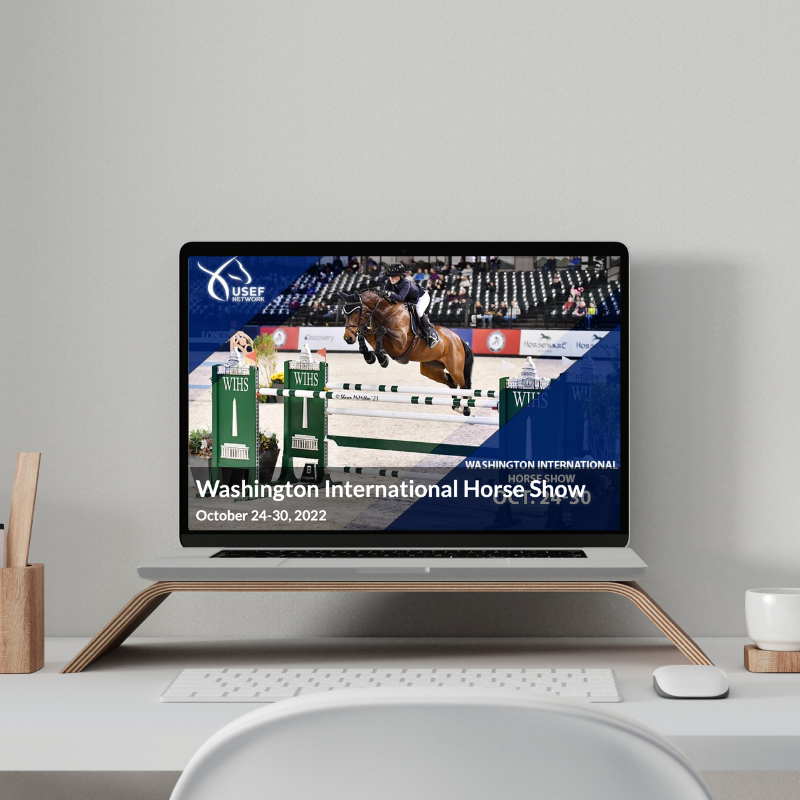
October 24-30, 2022 – The 2022 Washington International Horse Show (WIHS) will take place at Prince George’s Equestrian Center in Upper Marlboro, MD. The country’s best show jumping, hunter, and equitation riders will attend the prestigious event. Highlights include the $406,000 Longines FEI Jumping World Cup™ Washington CSI5*-W, presented by Experience Prince George’s for the President’s Cup as well as the WIHS Equitation Finals on Saturday, October 29.
Where to watch: USEF Network
Where to the $75,000 Welcome Stake CSI5*, the $75,000 Speed Final CSI5*, and the $406,000 Longines FEI Jumping World Cup™ Washington CSI5*-W, presented by Experience Prince George’s for the President’s Cup: ClipMyHorse.TV
Les 5 Étoiles de Pau:
October 26-30, 2022 – Les 5 Étoiles de Pau is one of the seven five-star events in the world. The competition will take place in Domaine de Sers in Pau, France, and will feature some of the world’s best eventing riders and horses.
Where to watch: Horse & Country
National Horse Show:
October 26-November 6, 2022 – Watch the country’s best show jumping, hunter, and equitation horse-and-rider combinations compete at the National Horse Show. The competition takes place at the Kentucky Horse Park in Lexington, KY. Viewers can enjoy the $215,900 Longines FEI Jumping World Cup™ Lexington CSI4*-W taking place on Saturday, November 5. On Sunday, November 6, junior equitation riders will take center stage in the ASPCA Maclay Finals.
Where to watch: National Horse Show
Where to watch the $215,900 Longines FEI Jumping World Cup™ Lexington CSI4*-W: ClipMyHorse.TV
Major League Show Jumping at Monterrey:
November 3-6, November 10-13, 2022 – Major League Show Jumping (MLSJ) at Monterrey takes place at the Club Hípico La Silla in Monterrey, Mexico. Enjoy both two-star and five-star show jumping as well as MLSJ Team Competition. Tune in on Saturday, November 5, for the CSI5* Grand Prix and Sunday, November 6, for CSI5* Team Competition.
Where to watch: MLSJ TV
The Royal Horse Show:
November 4-13, 2022 – The 100th anniversary of the Royal Horse Show will take place at Exhibition Place in Toronto, Canada, as part of the Royal Agricultural Winter Fair. The event will highlight hunter classes as well as top international show jumping competition. The main event of the week will be the $250,000 Longines FEI Jumping World Cup™ Toronto CSI5*-W on Saturday, November 12.
Where to watch: The Royal Agricultural Winter Fair
Where to watch the $250,000 Longines FEI Jumping World Cup™ Toronto CSI5*-W: ClipMyHorse.TV
World Equestrian Center – Ocala Fall November Show Series:
November 9-13, and November 16-20, 2022 – Don’t miss out on the Fall November Show Series at World Equestrian Center – Ocala in Ocala, FL. Watch hunter, jumper, and equitation competition including hunter derbies of all levels and a grand prix class every week.
Where to watch: ClipMyHorse.TV
Longines Global Champions Tour (LGCT) Prague:
November 17-20, 2022 – LGCT Prague is the ultimate event of the Global Champions Tour circuit. The show will take place in the O2 Arena in Prague, Czech Republic. Top international show jumping athletes will compete for coveted titles with the main events being the LGCT Super Grand Prix and the Global Champions League Super Cup.
Where to watch: GCTV
World Equestrian Center – Ocala November Dressage CDI3*:
November 17-20, 2022 – Dressage competition will take the spotlight at World Equestrian Center – Ocala during the November Dressage CDI3* show in Ocala, FL. In addition to offering three-star dressage competition, the event will also be a qualifying show for the Great American/United States Dressage Federation Regional Championships.
Where to watch: ClipMyHorse.TV
Have questions about utilizing BarnManager or want to give it a try for yourself? Request a live demo here!
